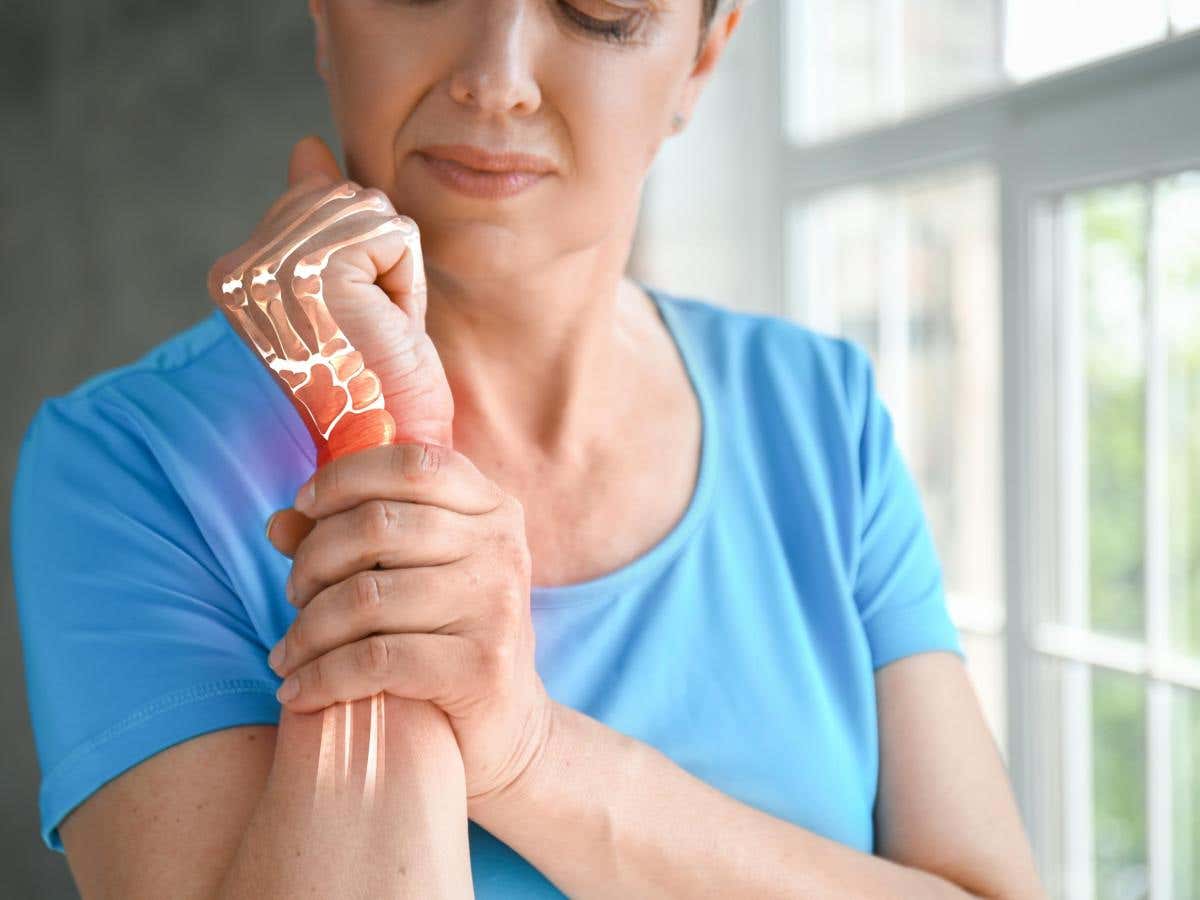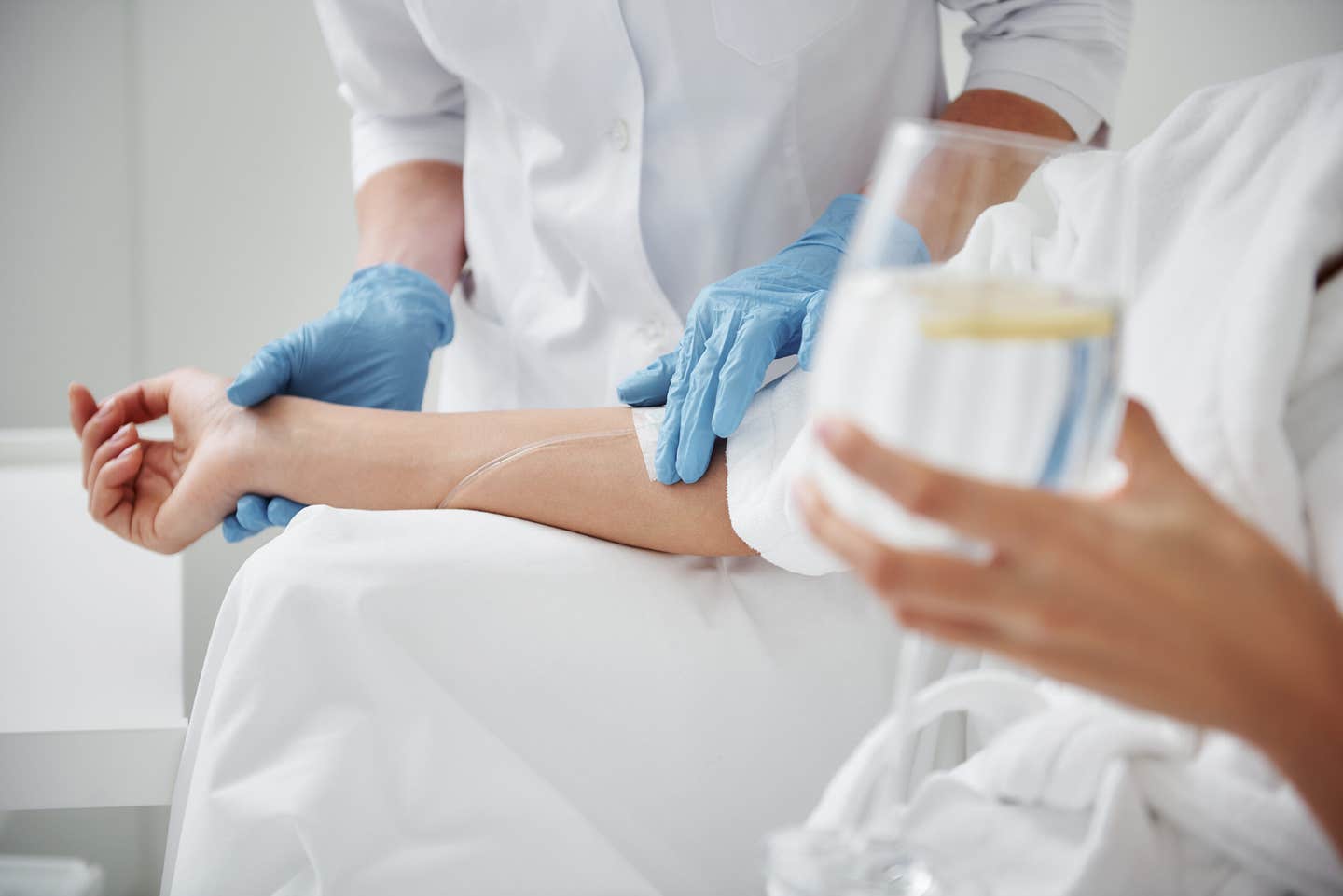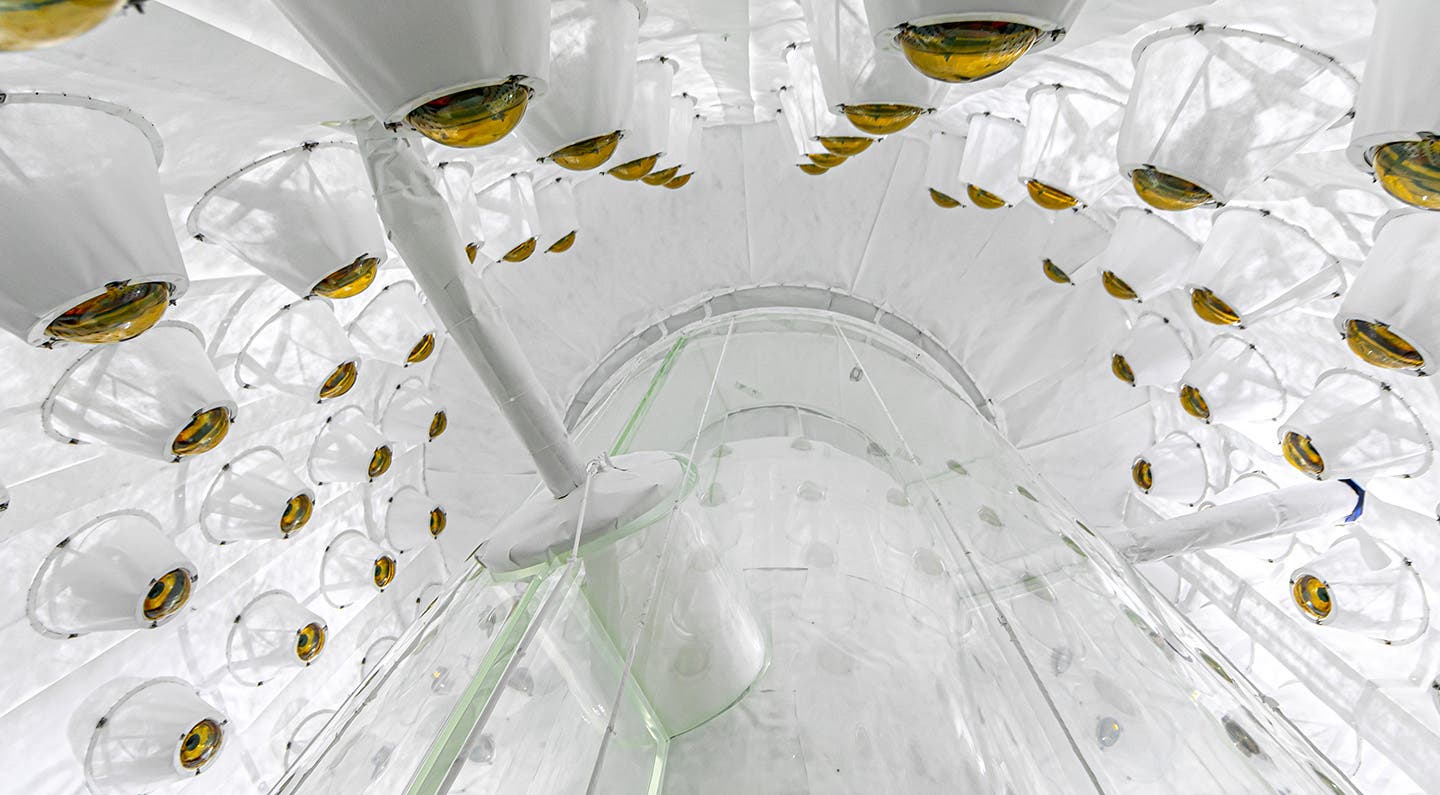Newly discovered hormone can build strong bones – helping millions worldwide
This hormone, Maternal Brain Hormone (CCN3), may also aid in healing bone fractures and treating osteoporosis.

More than 200 million people worldwide suffer from osteoporosis, a severe weakening of the bones that can lead to frequent fractures. (CREDIT: Shutterstock)
Researchers at UC San Francisco (UCSF) and UC Davis have discovered a hormone that helps keep the bones of breastfeeding women strong, even as they lose calcium to milk. This hormone, Maternal Brain Hormone (CCN3), may also aid in healing bone fractures and treating osteoporosis. The study, published in Nature, reveals how CCN3 increases bone density and strength in mice, solving a long-standing puzzle about bone health during breastfeeding.
"One of the remarkable things about these findings is that if we hadn’t been studying female mice, which unfortunately is the norm in biomedical research, then we could have completely missed out on this finding," said Holly Ingraham, PhD, senior author and a professor of cellular molecular pharmacology at UCSF. "It underscores just how important it is to look at both male and female animals across the lifespan to get a full understanding of biology."
More than 200 million people worldwide suffer from osteoporosis, a severe weakening of the bones that can lead to frequent fractures. Women are particularly at risk after menopause due to declining estrogen levels, which normally promote bone formation. Estrogen levels also drop during breastfeeding, yet osteoporosis and fractures are rare during this time, suggesting another factor promotes bone growth.
Ingraham's lab previously discovered that blocking a particular estrogen receptor in specific neurons of female mice led to significant increases in bone mass. They suspected a hormone in the blood was responsible but could not identify it, a search that was delayed during the pandemic.
In the new research, Ingraham and collaborators identified CCN3 as the bone-building hormone in mutant female mice. Initially, they were surprised, as CCN3 did not fit the typical profile of a secreted hormone from neurons. However, they found CCN3 in the same brain region in lactating female mice. Without CCN3, lactating mice lost bone rapidly, and their offspring began to lose weight, highlighting the hormone's importance in maintaining bone health during lactation. They now refer to CCN3 as Maternal Brain Hormone (MBH).
Increasing CCN3 levels in young adult and older mice significantly boosted bone mass and strength within weeks. In female mice lacking estrogen or in very old mice, CCN3 more than doubled bone mass.
When Thomas Ambrosi, PhD, of UC Davis, tested these bones, he was impressed by their strength. "There are some situations where highly mineralized bones are not better; they can be weaker and actually break more easily," he explained. "But when we tested these bones, they turned out to be much stronger than usual."
Ambrosi also found that stem cells within bones exposed to CCN3 were more likely to generate new bone cells. To test the hormone's ability to aid in bone healing, researchers created a hydrogel patch that released CCN3 for two weeks at the site of a bone fracture. In elderly mice, whose fractures typically heal poorly, the CCN3 patch promoted the formation of new bone and youthful healing.
"We’ve never been able to achieve this kind of mineralization and healing outcome with any other strategy," Ambrosi said. "We’re really excited to follow it up and potentially apply CCN3 in the context of other problems, such as regrowing cartilage."
Future studies will focus on the molecular mechanisms of CCN3, its levels in breastfeeding women, and its potential to treat various bone conditions. Muriel Babey, MD, a co-first author and mentored physician-scientist in the Division of Endocrinology at UCSF, is eager to explore how CCN3 impacts bone metabolism in clinically relevant disease settings. Partnering with the UCSF Catalyst program, William Krause, PhD, a senior scientist and co-lead on the project, will work on translating these new findings.
"Bone loss happens not only in post-menopausal women but often occurs in breast cancer survivors that take certain hormone blockers; in younger, highly trained elite female athletes; and in older men whose relative survival rate is poorer than women after a hip fracture," Ingraham said. "It would be incredibly exciting if CCN3 could increase bone mass in all these scenarios."
Note: Materials provided above by the The Brighter Side of News. Content may be edited for style and length.
Like these kind of feel good stories? Get the Brighter Side of News' newsletter.



